Cervicago: causes of lumbago in the neck on the right or left side, treatment of pain syndrome.
Cervicago, or lumbago in the neck, is an acute pain in the neck with possible irradiation to the head. The syndrome always comes suddenly and there is no way to predict it, and even more so, to prevent it. Lumbago in the neck region can be a symptom of osteochondrosis, but medical care will be needed anyway.
Causes of lumbago in the neck
Most often, doctors define cervicago as a consequence of progressive osteochondrosis. This disease has a destructive effect on the bone tissue, with the compression of the nerve roots as a result. This results in severe muscle spasm and acute pain.
Causes of lumbago in the neck on the right or left side may be different:
- formation and growth of a herniated nucleus pulposus;
- dorsal spine injuries (especially in upper spine);
- benign and malignant neoformations located in chest, neck and collar area of the back;
- any inflammatory processes in the upper spine.
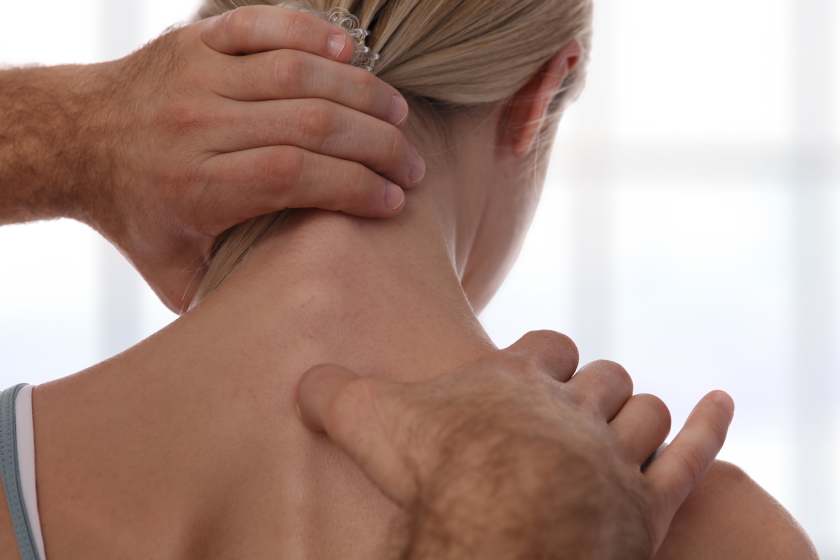
How to treat cervicago
The syndrome under examination always occurs suddenly, a cramping pain literally penetrates in the neck and the head of a person, forces a patient to sit down, try to shrink the head into the shoulders and rub the place of pain.
Since the pain occurs suddenly, you have to be prepared for such a situation and know how to treat a lumbago in the cervical spine.
Of course, the best option would be to immediately seek qualified medical assistance. However, often there is no such possibility; in this case, the following can be done to alleviate the patient’s condition:
- apply ice or any cold product from the freezer to the focus of acute pain. It is mandatory to wrap the frozen bag with a towel or a gauze to avoid damage to the skin at the place of application; you can keep the compress for no longer than 15 minutes in a row;
- it is highly desirable to lay a patient in a horizontal position and allow him to relax, as this will relieve a muscle spasm. In this case, ice is not needed, the best option would be a warm compress with an alcohol-containing liquid, and a good option would be to wrap your neck with a warm scarf or a neckcloth;
- you can take some pain medication, for example, No-Spa, Spasmalgon, Aspirin or Paracetamol. However, you should know that you could take no more than 6 pills in 24 hours.
Frequent and prolonged spasms require immediate medical attention.
What to do in case of a neck lumbago that irradiates to the head?
You can follow the above recommendations, and additionally remove irritants, such as loud sounds and bright light; make acupressure in the area of the temples and points located under the eyebrows and above the nasal bridge. If there is no relief within 15 minutes, you need to call an ambulance.
A prolonged and severe muscle spasm with pronounced pain syndrome can result in an impaired cerebral circulation and a stroke. A doctor will prescribe a complete check-up and identify the true cause of the lumbago in the neck.
In most cases, a patient is advised to wear a special corset. Amount and level of physical activity is discussed on an individual basis. Most likely, the patient will be recommended physical therapy under the supervision of a specialist.
One should not endure the pain in neck and head associated with a lumbago, as this can have serious consequences, up to a stroke.
It is worth consulting with a specialist regarding the prevention of this syndrome, especially if you have had a history of upper spine injuries. You can find out how the children’s cervicago is treated and what can be done at home on the pages of our website
Article author: Valentina Dzhumik, M.D.
Publication date: 24.09.2020
Read more about
Our services
Service packages
Our advantages
Our doctors
Our clinics
ISO certificates
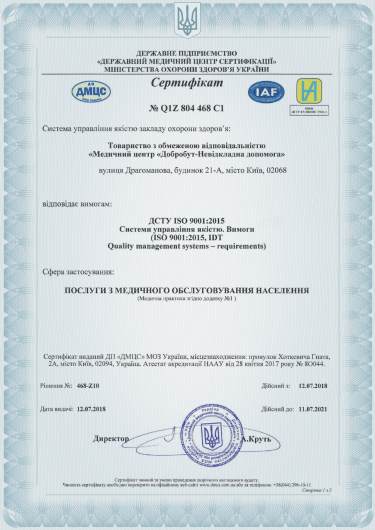
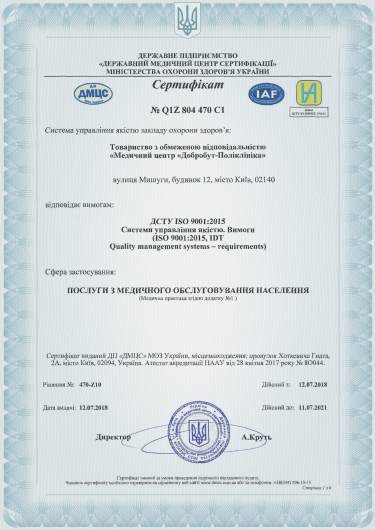
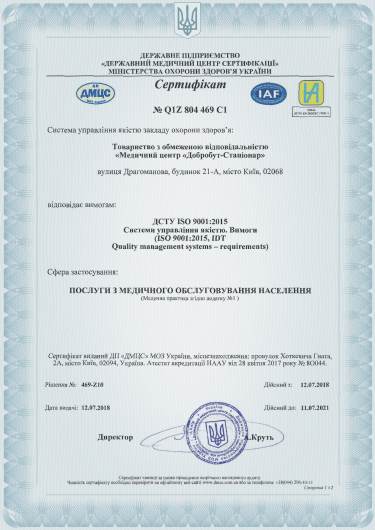
Accreditation certificates
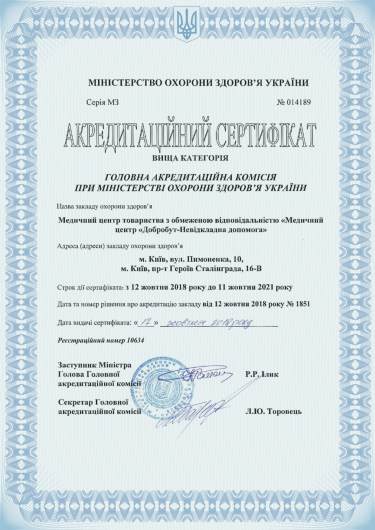
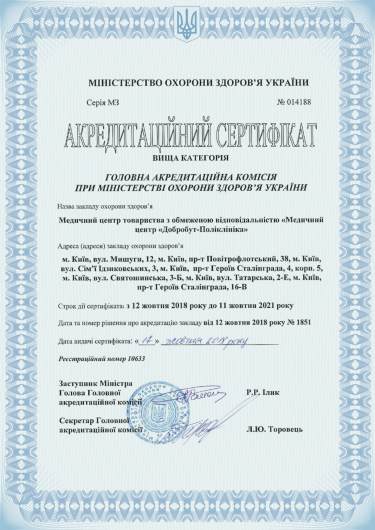
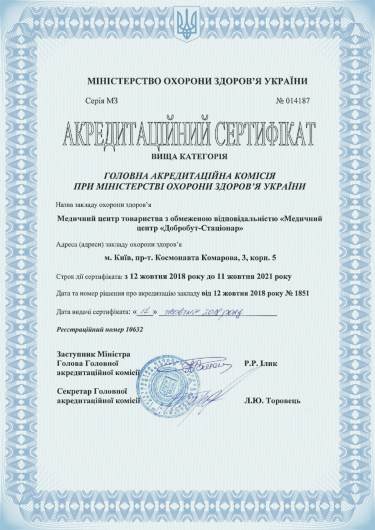
Medical practice licenses
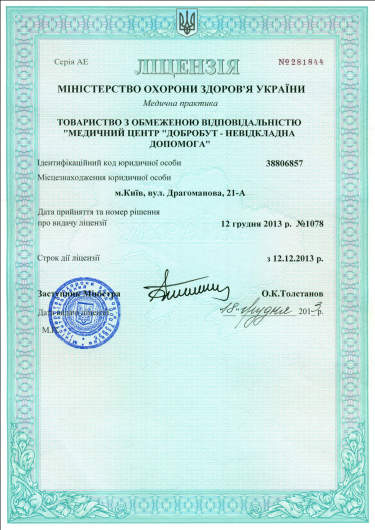
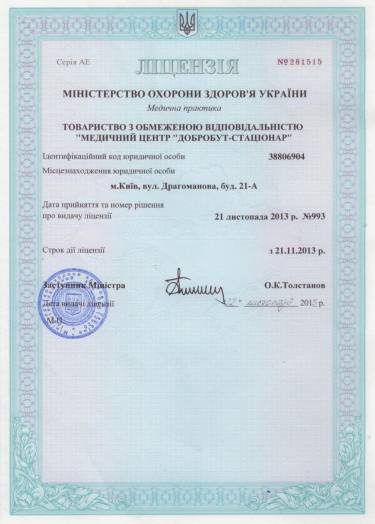
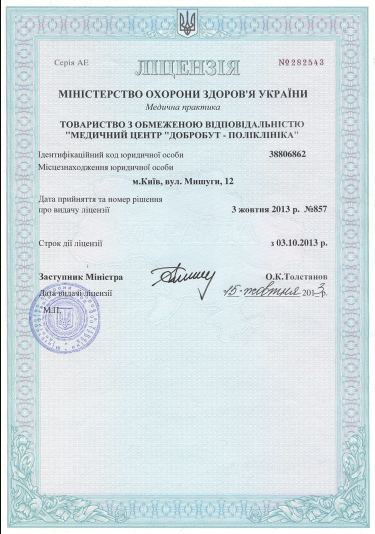
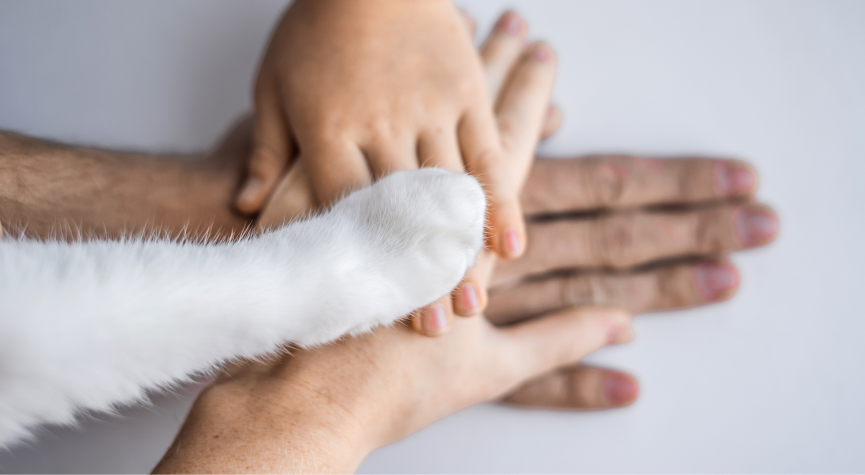


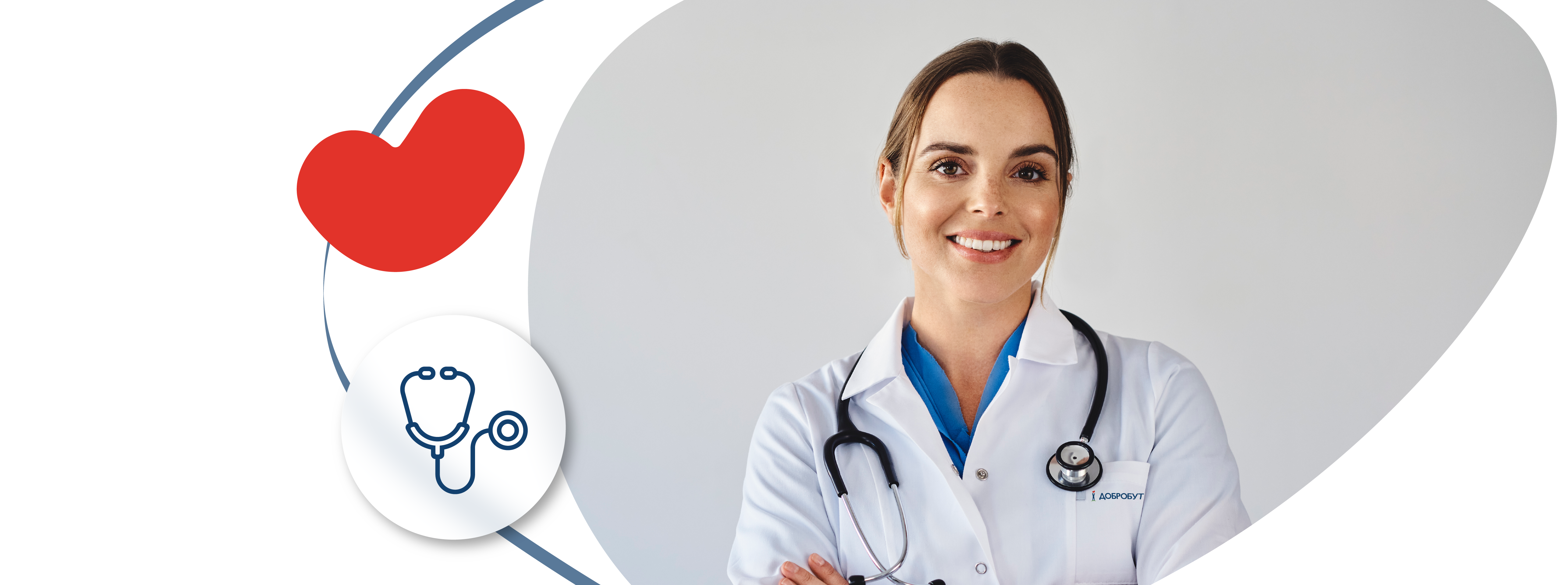














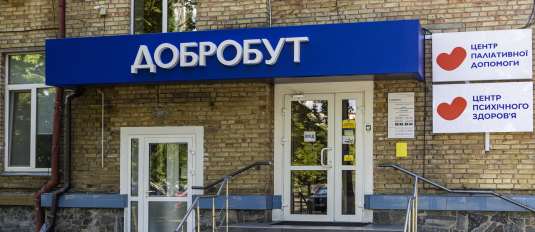



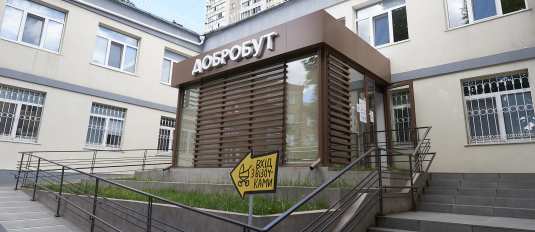




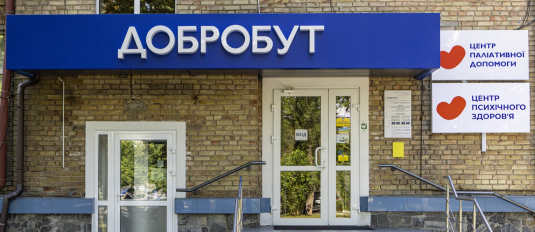
%402x.png)
%402x.png)
